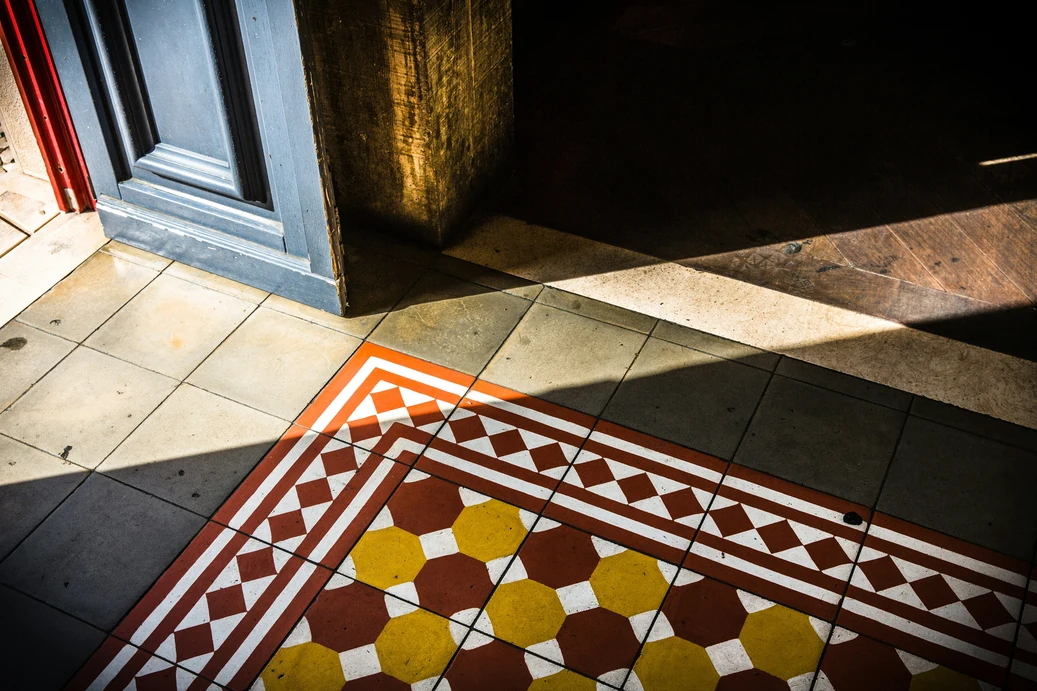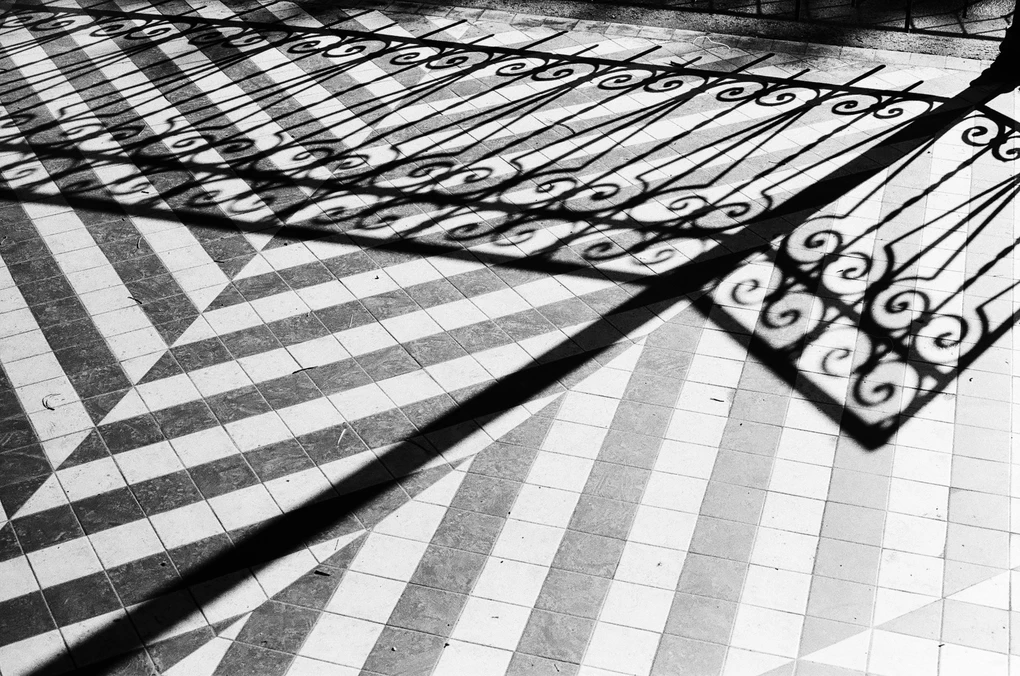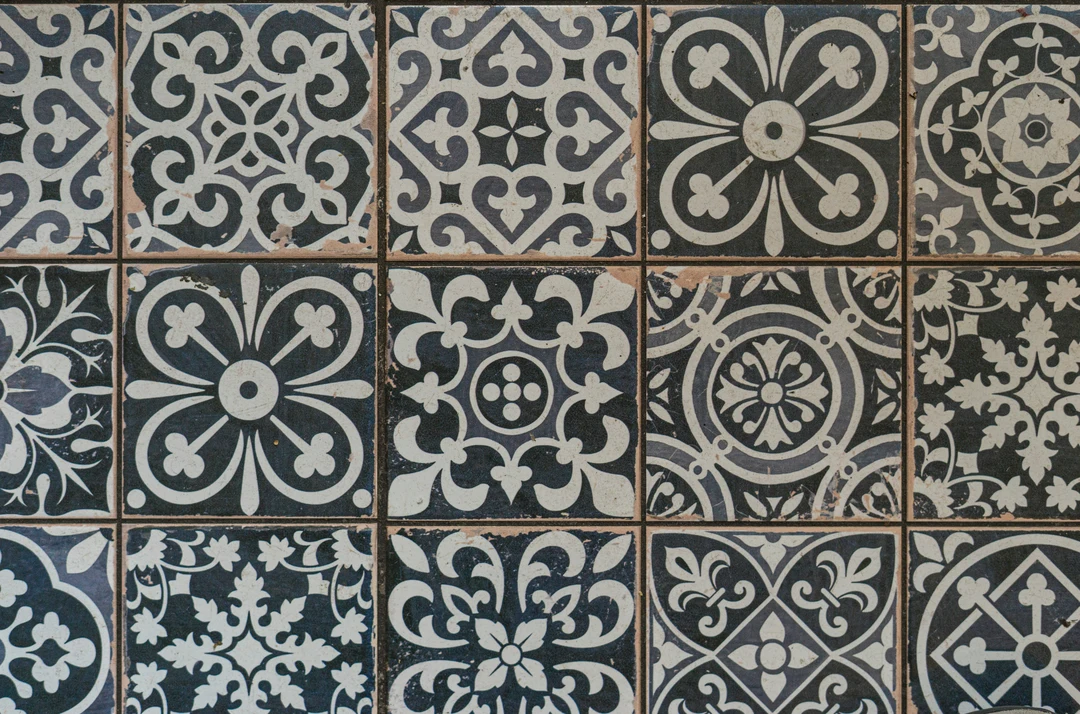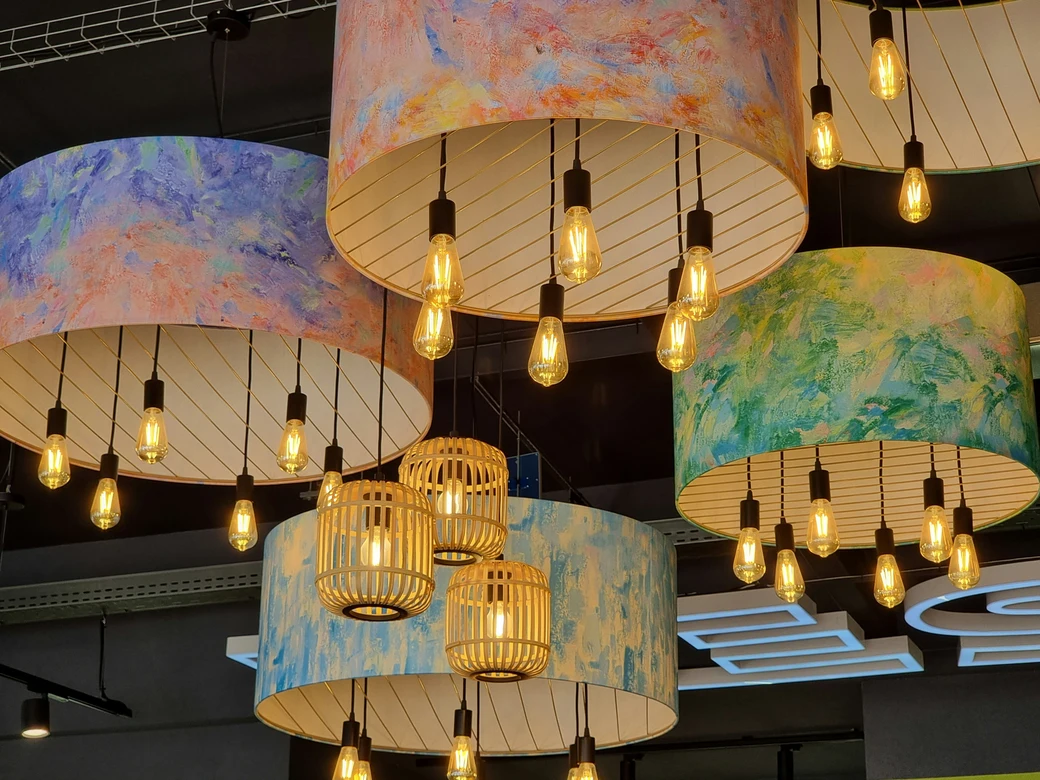The spaces we live in are more than walls, ceilings, and furniture. Every detail influences how we move, think, and feel — even the floors beneath our feet. One overlooked yet powerful design element is floor patterns. From the direction of hardwood planks to the geometry of tiles, the subconscious impact of floor patterns plays a significant role in how fast or slow we move at home. While many people focus on flooring materials for durability and style, few realize that the patterns themselves can affect mood, energy levels, and daily routines in subtle yet meaningful ways.

Why Floor Patterns Influence Human Behavior
Humans are naturally responsive to visual cues in their environment. Floor patterns, especially those with strong lines, contrast, or repetition, act as visual guides. Without realizing it, our eyes follow the lines, and our bodies adjust to the rhythm. This is why the subconscious impact of floor patterns can alter walking speed — guiding us to slow down, speed up, or even change direction in a room.
Architects and interior designers have long studied how patterns on walls and ceilings affect perception, but the floor is where our eyes frequently fall when navigating spaces. Subtle cues like stripe direction, spacing, and symmetry can alter not only movement but also how spacious or safe a room feels.
Stripes, Grids, and Movement Perception
One of the strongest examples of the subconscious impact of floor patterns is the stripe effect. Long, linear stripes running in the direction of movement can create a sensation of elongation, subconsciously encouraging faster walking. By contrast, horizontal stripes across the path can make a space feel compressed, slowing down walking speed.
Grids or checkerboard designs work differently. They create multiple focal points, which often cause people to slow down as their eyes process more visual information. That’s why traditional tiled kitchens or patterned entryways tend to promote slower, more deliberate walking.

The Role of Material and Contrast
Patterns don’t work alone — contrast and texture matter. For example, a light and dark tile arrangement can amplify the subconscious impact of floor patterns because the brain picks up high-contrast cues faster. A low-contrast pattern, such as a subtle herringbone in a single shade, may still affect movement, but more gently.
Similarly, glossy vs. matte finishes influence perception. Glossy tiles can reflect light, amplifying the sense of direction and speed, while matte finishes absorb light, creating a calming effect that slows movement.
Floor Patterns and Room Functionality
The subconscious impact of floor patterns is especially relevant when matched with room functionality. In areas where energy is needed, such as hallways or kitchens, linear or directional patterns can keep people moving. In contrast, living rooms and bedrooms benefit from slower walking speeds, where calming or symmetrical patterns encourage lingering and relaxation.
Hotels, airports, and hospitals have already applied this concept — using directional floor patterns in corridors to guide flow, and more intricate designs in waiting areas to promote stillness. Applying this same logic at home can dramatically improve comfort and daily rhythm.
How Floor Patterns Affect Perceived Safety
The subconscious impact of floor patterns extends to feelings of safety. Overly complex or chaotic patterns can disorient, causing hesitation or cautious movement. Think of optical illusion-style tiles that can appear uneven — while stylish, they may trigger slower movement and even discomfort. Smooth, predictable patterns, on the other hand, promote confidence and steady walking.
This subtle connection between visual predictability and security means flooring is not only about aesthetics but also about emotional well-being.

Floor Patterns in Small vs. Large Spaces
Another fascinating aspect of the subconscious impact of floor patterns is their role in shaping how big or small a space feels. Diagonal lines can stretch the perception of space, encouraging fluid movement. Large, wide tiles with minimal grout lines speed up walking and make a room feel expansive. Small tiles with busy patterns, however, tend to slow movement and shrink perception.
In smaller apartments, a smart choice of pattern can either energize movement or promote a cozy, slowed-down pace, depending on lifestyle needs.
Tips for Using Floor Patterns at Home
- Use long directional lines in hallways to subtly encourage faster transitions.
- Opt for grids or checkerboards in kitchens or dining spaces where you want people to linger.
- Choose calming, low-contrast patterns in bedrooms to encourage relaxation and slower pacing.
- Reserve complex patterns for feature spaces, not everyday walking paths, to avoid subconscious hesitation.

Frequently Asked Questions (FAQS)
1. What is the subconscious impact of floor patterns on walking speed at home?
The subconscious impact of floor patterns refers to the way our brains process shapes, lines, and colors without us even realizing it. For example, long horizontal lines or stripes on a floor can make a hallway feel wider and slower, while vertical or diagonal patterns can encourage quicker steps. Even subtle differences in tile design, carpet layout, or wood grain direction can change how fast or slow we move in a space. This effect is not something we consciously think about but rather a psychological and sensory reaction to visual cues in our environment.
2. Why do certain floor patterns make me feel like I should walk faster?
Patterns with high contrast, strong lines, or directional designs naturally guide the eye forward. When our eyes are drawn quickly along a pattern, our bodies often respond by walking faster to “keep up” with the visual flow. Think about walking on a path with arrows or bold stripes pointing forward — you tend to speed up without realizing it. In contrast, softer patterns or designs that lack direction can slow you down, making the space feel more relaxed and calm.
3. Can floor patterns affect how safe I feel in my home?
Yes, floor patterns can absolutely influence feelings of safety. A busy or disorganized pattern may cause mild disorientation, especially for children, seniors, or individuals with vision sensitivities. In contrast, clear, consistent patterns can create stability and comfort, reducing the risk of tripping. For example, flooring with clean lines and predictable design makes hallways easier to navigate, while sudden pattern changes can cause hesitation or cautious steps. This is part of the subconscious impact of floor patterns on our sense of security at home.
4. How do floor colors and patterns work together to change walking speed?
Colors and patterns together create powerful psychological effects. Light-colored floors with subtle patterns can make a space feel larger and calmer, encouraging slower movement. Darker floors with bold lines or geometric shapes tend to energize a room, pushing people to move faster. When you combine a strong linear pattern with a bold color contrast, the subconscious impact of floor patterns becomes even stronger, as both elements reinforce the urge to walk in a certain way.

5. Are there cultural differences in how people respond to floor patterns?
Yes, cultural context can influence the subconscious impact of floor patterns. In some cultures, bold geometric tiles are associated with tradition and comfort, which may reduce stress and slow walking pace. In other places, the same patterns may feel overwhelming or disorienting, speeding up movement. Cultural design preferences, personal experiences, and even childhood memories of flooring can change how someone subconsciously reacts to patterns at home.
6. Can floor patterns help improve productivity in a home office?
Absolutely. The subconscious impact of floor patterns can extend to productivity. In a home office, a subtle grid or linear pattern can encourage focus and forward momentum, making you feel more energized and efficient. Conversely, soft, organic patterns may promote calm and relaxation, which can be helpful for reducing stress but may slow productivity. Choosing the right balance depends on whether you want to feel driven and focused or relaxed and creative in your workspace.
7. How can I use floor patterns intentionally to change mood and movement?
If you want to encourage faster movement, like in a hallway or entrance area, choose flooring with strong directional lines or repeating patterns. For spaces where you want to slow down and relax, like a bedroom or reading nook, go with soft textures, muted tones, and less directional patterns. The subconscious impact of floor patterns is most effective when used purposefully — think about whether a space should feel energizing or calming, then choose flooring that supports that mood.
8. Do floor patterns affect children and elderly people differently?
Yes, the subconscious impact of floor patterns can vary depending on age. Children are highly responsive to bold, playful patterns and may move faster or more energetically when exposed to them. Seniors, however, may feel disoriented by high-contrast or busy patterns, which could slow their walking speed or even increase hesitation. For homes with multiple generations, it’s important to strike a balance between engaging design and safety-conscious patterns.
9. Can floor patterns reduce stress and anxiety at home?
Yes, the subconscious impact of floor patterns can extend beyond walking speed and affect overall mental well-being. Calming, organic patterns like gentle curves or natural wood grains can subconsciously reduce tension and create a grounding effect. In contrast, sharp geometric designs or high-contrast colors may overstimulate the mind, which can increase stress in sensitive individuals. If your goal is to create a peaceful retreat, opt for subtle, flowing designs that guide movement slowly and gently.
10. How do lighting and floor patterns work together to influence movement?
Lighting can either enhance or soften the subconscious impact of floor patterns. For example, directional lighting that casts shadows along a striped floor can exaggerate the sense of speed and movement, encouraging people to walk faster. Meanwhile, warm, diffused lighting can soften bold patterns, making the space feel calmer and slowing walking speed. This shows that it’s not just the flooring itself but how light interacts with it that determines how we subconsciously move through our homes.
Want more blogs like these?
Check out more blogs like these in Living Spaces on Designs24hr.







